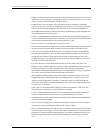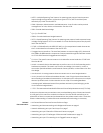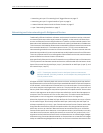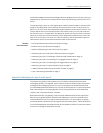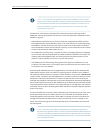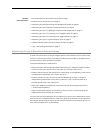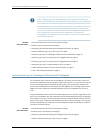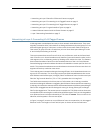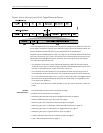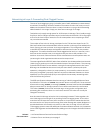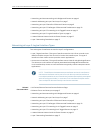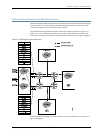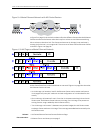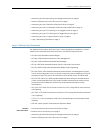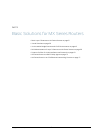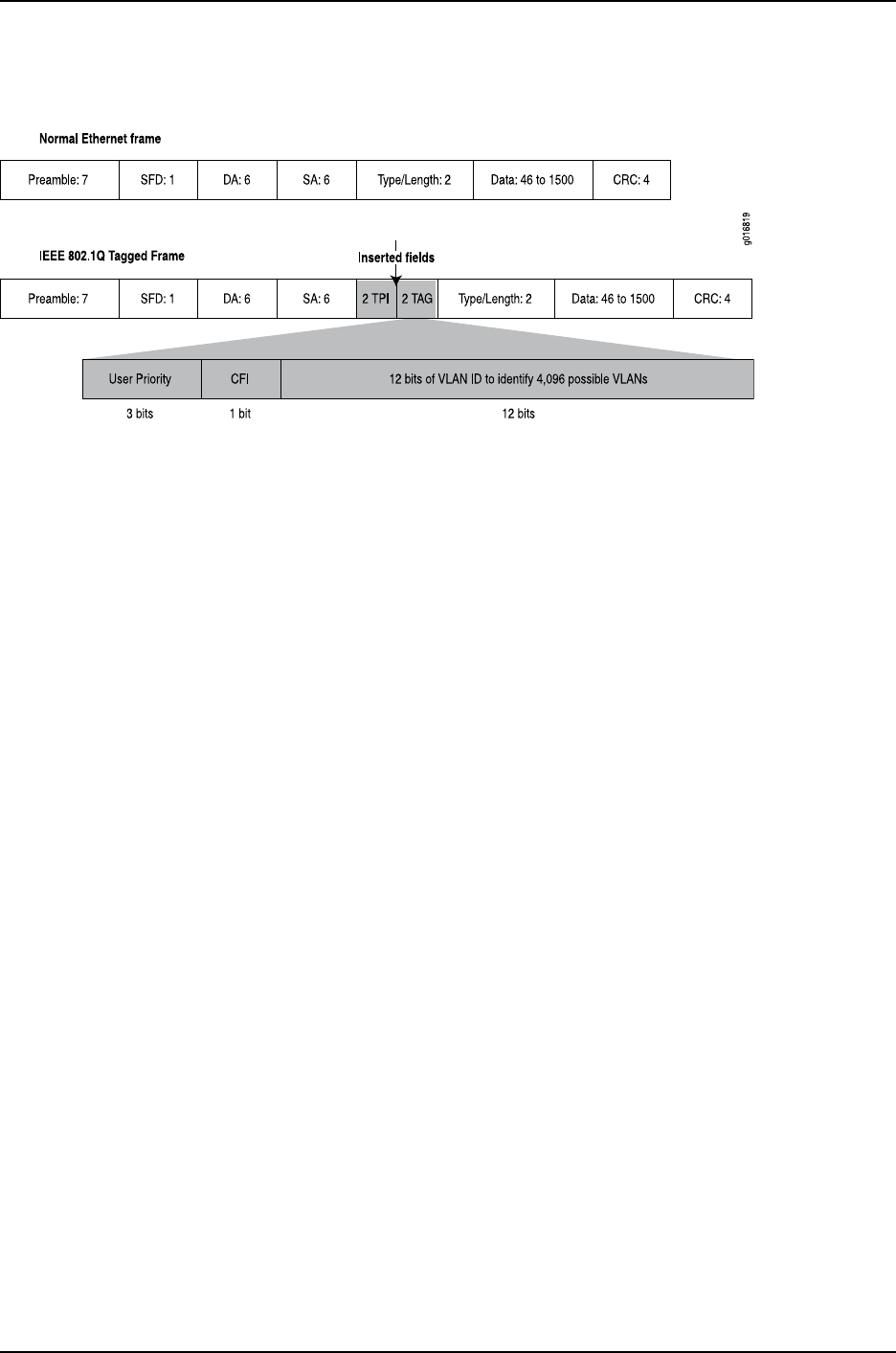
Figure 1: Native (Normal) and VLAN-Tagged Ethernet Fames
The VLAN tag subtracts four bytes from the total MTU length of the Ethernet frame, but
this is seldom a problem if kept in mind. When this tag is used in an Ethernet frame, the
frame complies with the IEEE 802.1Q (formerly IEEE 802.1q) specification.
Together, the fouradded bytes form the VLAN tag, but the individualfields thatcomprise
it are more important. The 2–byte TPID field is just a number and has no structure, only
having allowed and disallowed values. However, the 2-byte Tag Control Information
(TCI) field has a defined structure:
•
The three bits of the User Priority field are defined by the IEEE 802.1p specification.
These can mimic class-of-service (CoS) parameters established at other layers of the
network (IP precedence bits, or MPLS EXP bits, and so on).
•
The Canonical Format Indicator (CFI) bit indicates whether the following 12 bits of
VLAN identifier conform to Ethernet or not. For Ethernet frames, this bit is always set
to 0. (The other possible value, CFI=1, is used for Token Ring LANs, and tagged frames
should never be bridged between an Ethernet and Token Ring LAN regardless of the
VLAN tag or MAC address.)
•
The 12-bit VLAN ID allows for 4096 possible VLANs, but not all values are used in all
cases.
Related
Documentation
MX Series Ethernet Services Routers Solutions Page•
• Ethernet Terms and Acronyms on page 3
• Networking and Internetworking with Bridges and Routers on page 6
• Network Addressing at Layer 2 and Layer 3 on page 7
• Networking at Layer 2: Benefits of Ethernet Frames on page 9
• Networking at Layer 2: Challenges of Ethernet MAC Addresses on page 10
• Networking at Layer 2: Forwarding Dual-Tagged Frames on page 13
• Networking at Layer 2: Logical Interface Types on page 14
• A Metro Ethernet Network with MX Series Routers on page 15
• Layer 2 Networking Standards on page 17
Copyright © 2010, Juniper Networks, Inc.12
Junos 10.4 MX Series Ethernet Services Routers Solutions Guide



